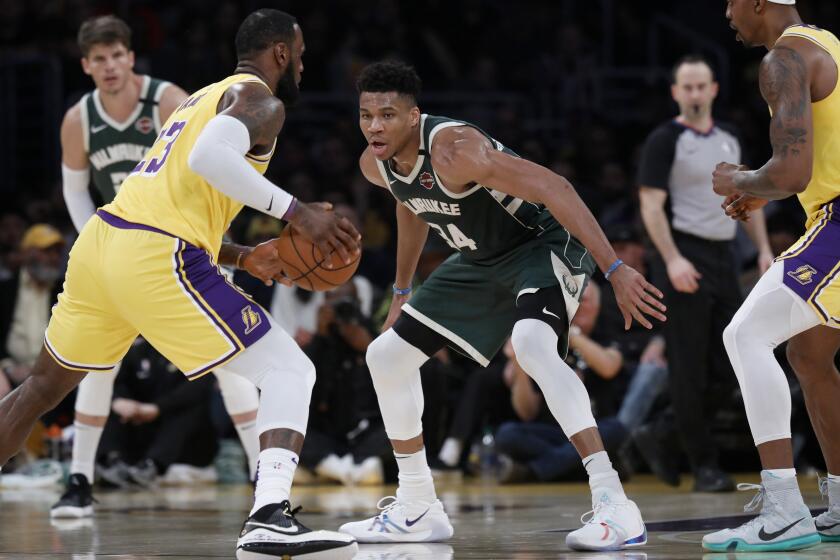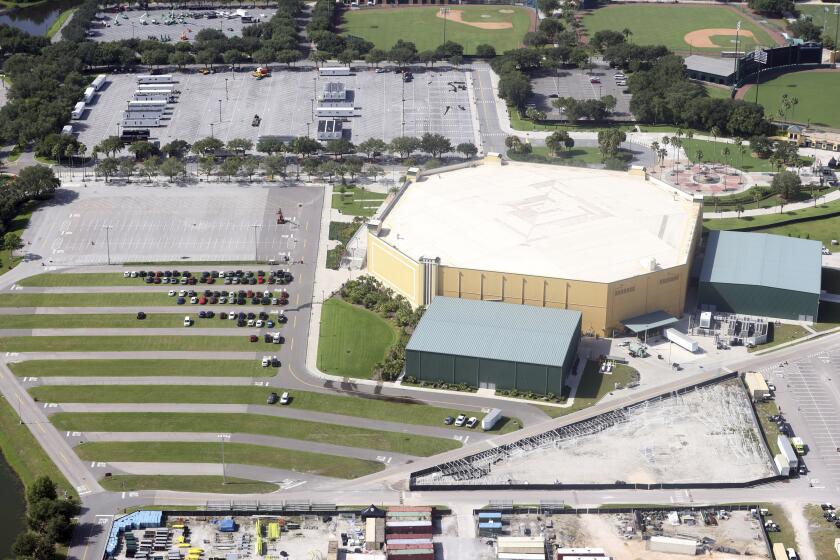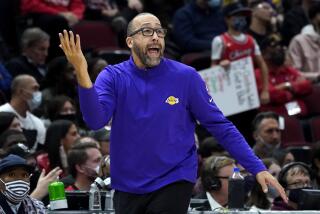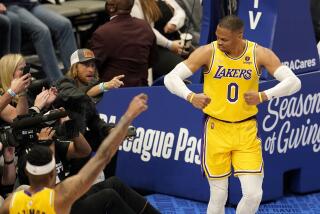NBA’s bubble ball restart: No family, fans or familiar feel
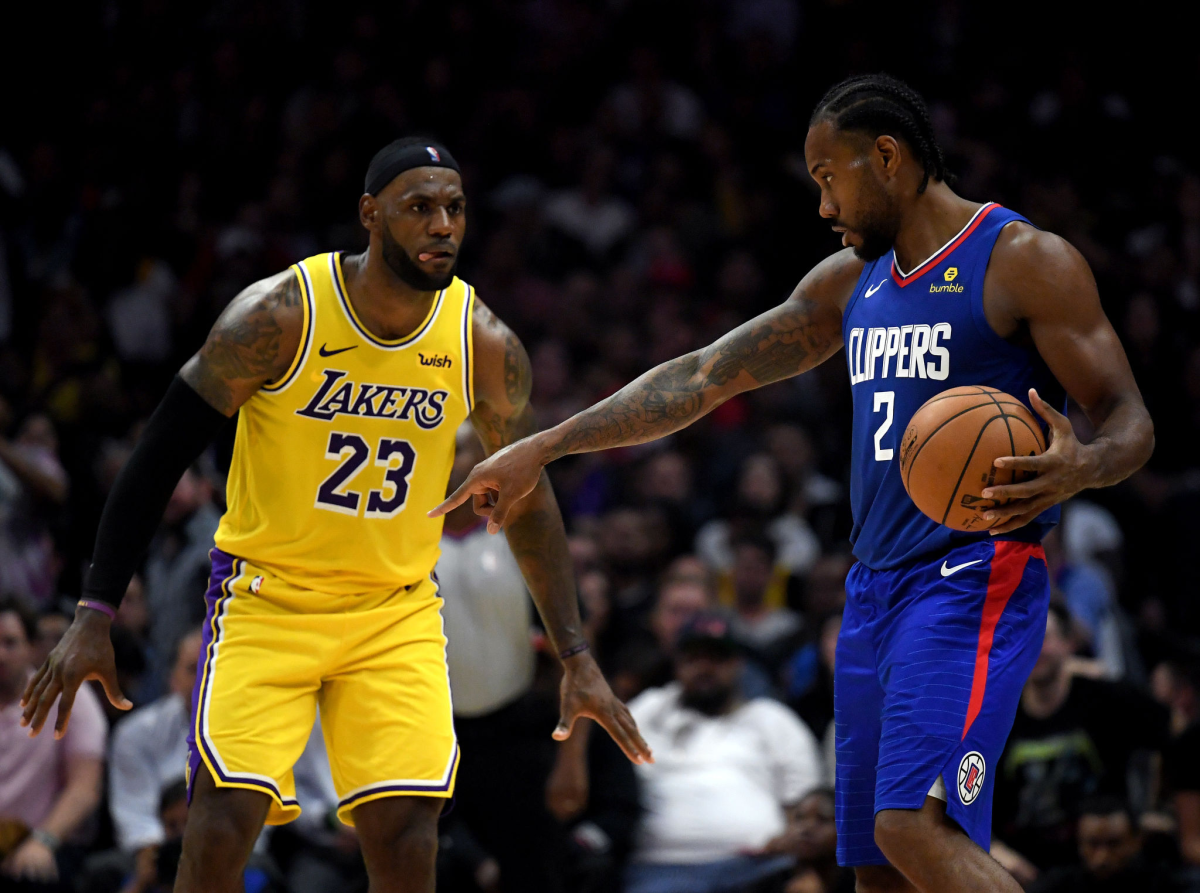
In the 141 days between the NBA’s last regular-season game and its next, the league spent countless hours planning, consulting with doctors, players and executives, in devising a strategy to resume the season.
They would descend on Orlando, Fla., buying one-way tickets for unknown stays on the Disney World campus. They would isolate. Once they cleared quarantine, they would wear masks and stand six feet apart. Decks of cards would be used once. Basketballs would be scrubbed to a finite protocol.
When players such as Toronto’s Norman Powell would run onto the court to play, they’d be met with the strangest possible reaction.
“You run out there,” Powell said via videoconference, “and it’s quiet.”
Bubble ball finally counts beginning Thursday, the New Orleans Pelicans playing the Utah Jazz before the Clippers and Lakers square off to cap reopening night. For a lot of people, the environment will fade into the background once the game starts with virtual fans, piped in noise, the tiny venue all blurring with sharpened focus on defensive assignments and offensive execution.
It’s probably the best way to approach things. It won’t be the “same ol’ game” with the country brought to its knees by a wildly contagious virus and upheaval in the streets with people trying to fight injustice. It can’t be the “same ol’ game” if loved ones can’t be there, if people can’t cheer, and if postgame showers happen in hotel rooms instead of locker rooms.
A team-by-team look at the 22 clubs that will resume the NBA season on Thursday with seeding games before the playoffs, which start Aug. 17.
But if you can make it feel normal …
“It’s different. There’s no way around it,” Washington coach Scott Brooks said. “It’s not the same, but you have to adjust. The teams that adjust quickly and don’t make excuses are the teams that are going to be successful. There’s no way around it. It’s different.
“… This is not normal — but it’s normal for us.”
Embracing and adjusting to the differences inside the bubble is a must. Game and practice times are scattered. Player routines have been disrupted, some completely erased. And for obsessives such as New Orleans guard JJ Redick, that required a fresh approach.
“I think mentally, my mind-set coming into the bubble was that I was going to have to let go any expectation of my routine being the same,” Redick said. “… If I had come in here like, ‘I have to have the same routine,’ and this would’ve happened, I’d be messed up mentally.”
Coaches have seen their approaches change too — with no home-court advantage the way some teams manage the eight “seeding games” before the playoffs will undoubtedly be changed. On the sidelines, life will be different too, where the silence allows coaches to listen to what the opposition on the court and coaches on the bench are saying.
“I don’t view it as a new thing as far as basketball — it’s a game that we play. We play it on the same size court and rims. We have NBA officials and NBA players,” Clippers coach Doc Rivers said. … but “I can hear everything. That helps me a lot. Maybe that’s the only good part about this.”
NBA coaches and players reflect on the current COVID-19 situation with the Miami Marlins and wonder what if the same were to occur in the Orlando bubble.
The on-court chatter has a lot of people curious. TNT broadcasters Reggie Miller and Stan Van Gundy said they look forward to seeing those interactions play out in fan-free environments. Acting as if everything is the same with the stands empty probably isn’t realistic.
“I think it’s going to be hard,” Van Gundy said in a videoconference. “I mean, these guys have played at the highest level for a long time, and they’re used to crowds in the building. I think people might be downplaying the role of fans. I mean, they bring a lot of energy into the building … They could pipe in noise all they want, it’s not going to be the same. And so, you’re going to have to generate intensity without the emotions of the crowd. And I think that’s going to be a major challenge.”
Teams with players who have that intensity in their D.N.A., the guys who would dive for loose balls on a playground court, could be even more important. Think Patrick Beverley, Montrezl Harrell, Alex Caruso, Kyle Lowry, Eric Bledsoe, Jimmy Butler and Marcus Smart.
“Let’s see if they can still manufacture that energy without 20,000 people and still have that motivating factor on their teammates, if that still translates to their style of play for each individual team,” Miller said.
The players and coaches who have been living bubble life are optimistic their teams will be able to deliver. Denver coach Michael Malone said he’s seen his players get their legs as they’ve grown more comfortable with the new environment. Same for Rivers, as he’s witnessed regimented stars such as Kawhi Leonard and Paul George adjust to new routines.
And the same can be said for Lakers coach Frank Vogel, who has managed to keep the Lakers level all season — they are just a couple of wins from clinching the top seed in the Western Conference — whether they were trapped in an international incident, in the middle of a tragedy, or uprooted and moved to Florida.
As the games matter more and as teams get more accustomed, people think the level of play will greatly increase — and it’s not been that bad so far.
“In this atmosphere, guys should be able to play great,” Toronto coach Nick Nurse said. “… I think the basketball is going to be really good once we get used to this.”
It’s been four months since the season stopped in March. A lot has happened. A lot has changed. But the favorites still believe that they’re the favorites.
“Everybody knows why we’re here,” said forward Ersan Ilyasova of the Milwaukee Bucks, the team with the NBA’s best record. “… [We’re the] same group — all around us is different. But we know what we want from this season.”
More to Read
Go beyond the scoreboard
Get the latest on L.A.'s teams in the daily Sports Report newsletter.
You may occasionally receive promotional content from the Los Angeles Times.

